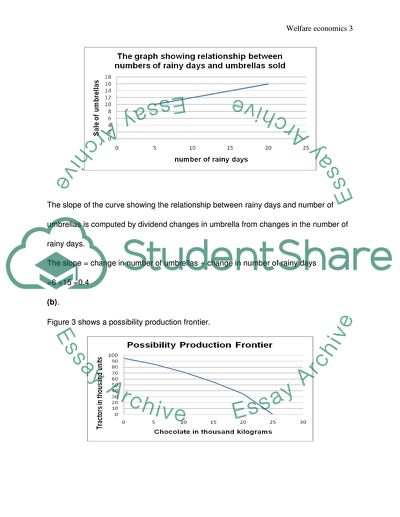Cite this document
(Perfect Competitive Markets and Allocating the Resources Fairly Across Research Paper, n.d.)
Perfect Competitive Markets and Allocating the Resources Fairly Across Research Paper. Retrieved from https://studentshare.org/marketing/1735973-assessment-item-1-assignment-economics-for-business
Perfect Competitive Markets and Allocating the Resources Fairly Across Research Paper. Retrieved from https://studentshare.org/marketing/1735973-assessment-item-1-assignment-economics-for-business
(Perfect Competitive Markets and Allocating the Resources Fairly Across Research Paper)
Perfect Competitive Markets and Allocating the Resources Fairly Across Research Paper. https://studentshare.org/marketing/1735973-assessment-item-1-assignment-economics-for-business.
Perfect Competitive Markets and Allocating the Resources Fairly Across Research Paper. https://studentshare.org/marketing/1735973-assessment-item-1-assignment-economics-for-business.
“Perfect Competitive Markets and Allocating the Resources Fairly Across Research Paper”, n.d. https://studentshare.org/marketing/1735973-assessment-item-1-assignment-economics-for-business.


